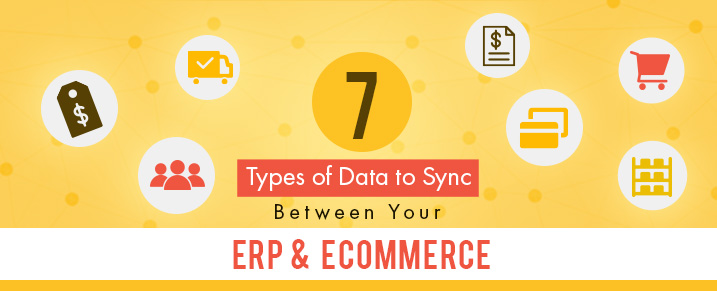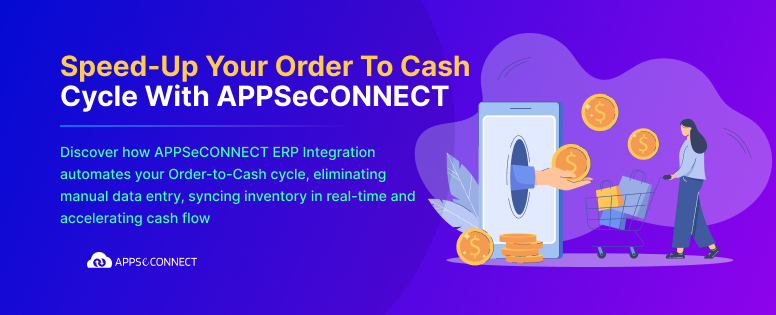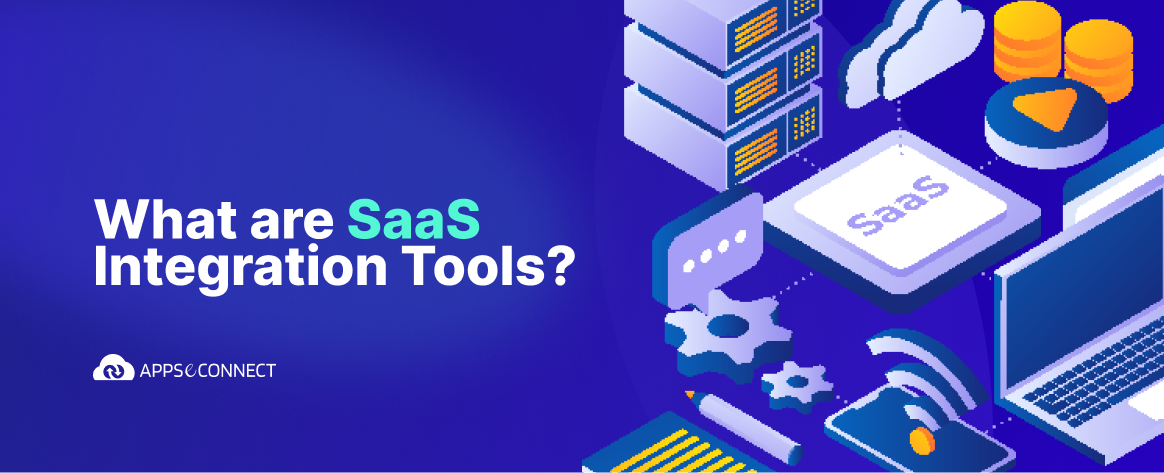ERP and E-commerce are completely two different platforms with different utilities and architectures. Now, integrating ERP and E-commerce improves business functions throughout the organization and adds benefits to the organization (Sales, Marketing, IT, Operational services and customer services).
Now the question that comes in our mind is- what challenges do we face and try to overcome!!!!
- First of all, if there are any dependencies on products, customers and stock or quantity.
- Flow of information is another challenge. Either the data flow is one directional or it is somehow bi-directional i.e. from E-commerce to ERP & from ERP to E-commerce.
- Current process of managing data and information and also the two systems that will act as the master of two data.
These are the challenges that we face and we need to overcome. Now identifying these challenges will boost up the data identification process and broadly the following data points must be considered for E-commerce and ERP implementation.
Well, the seven types of data that should be synchronized between your ERP and E-commerce are:
- Customers
- Products
- Inventory/Stock
- Sales orders
- Shipping/Delivery
- Invoice and payments
- Tier price and volume price discount
Let’s start.
- Customer Synchronize process:
Main agenda of business is that the data should be properly synchronized. Synchronizing customer information between ERP and E-commerce systems is the first step that will add uniformity in customer experience.
For example, a customer who often shops on your e-commerce store calls your customer service team to change its shipping address and the required change is reflected in the ERP system. Now, any change in customer information in either of the applications (ERP /Ecommerce) will reflect in the other automatically post integration.
Customer information sync will help you drive benefits like personalize customer experience, provide self-service customer portals and more.
- Products/Items Synchronization
A customer visits your e-commerce store and places an order. But, where does your e-commerce store get the product from? Businesses often maintain all the basic product information in the ERP system. Without this information (product and inventory) the e-commerce store cannot work effectively.
For example,
-
-
- You are a retailer where you manage product and inventory information independently in your e-commerce and ERP systems.
- A customer visits your e-commerce store, explores the store and really likes an item.
- He/ She visits the product details page and finds that the product is available in the required size and is in stock. He/ She places an order!
- After few days, the customer receives an email that his/ her order is canceled because that product was out of stock and inventory information was not synced with the ERP system.
-
If this situation happens then there is a very high chance that the customer might never come back and even recommend other customers to not buy from you.
With integration and synchronization your E-commerce and ERP systems will always be in sync with each other and you can very easily avoid scenarios like these.
- Inventory Synchronization
Product and Inventory sync will minimize back orders, improve customer’s shopping experience and make it easy to sell on multiple channels, build trust and confidence with your customers, managing product information, inventory management etc.
For example, the inventory information sync can be taken to a different level when the inventory is managed and maintained in multiple warehouse locations. This would then require businesses to maintain the warehouse and inventory information in ERP system and then sync the information back to the e-commerce system.
- Sales Orders Synchronization
Orders are probably the real reason why most businesses consider e-commerce and ERP integration. There is a lot of synergy between e-commerce and ERP systems as far as orders are concerned – while the orders are accepted in the e-commerce system and the actual fulfillment happens in the ERP system.
-
-
- Since your e-commerce and ERP systems are not integrated, you manually transfer orders from your e-commerce system to your ERP system for fulfillment. Remember, because of manual data transfer, you can only sync a limited number of orders between the two systems.
- To ensure quick turnaround time the only alternative you have is to add more resources to sync data between the two systems. This way, your business is always limited by the number of orders you can sync between the systems which is not an ideal situation.
- Integration will not only automate this process but will also reduce the turnaround time (because the orders are synchronized immediately) without errors that are common in manual data transfers.
-
Order sync will help make your business scalable, will enable you to expand to new markets, minimize order aging, improve customer satisfaction, reduce errors and costs.
- Tier Price and Volume Price Discount
E-commerce and ERP systems handle this by defining different tier and volume price discounts and associating a price corresponding to that. Say a customer places an order. Now, if the tier price and volume price information is not available in the ERP system, the order total will be less than what the ERP system expects as because the order was placed at a price defined by the price rule applicable. This will then lead to inconsistency in the accounting books which can then further lead to compliance issues. E-commerce and ERP integration bridges this gap by synchronizing tier prices and corresponding updates between the two systems. Tier price information sync helps you personalize the customer experience by offering them special prices, maintaining accounting consistency and reducing compliance issues.
- Delivery Synchronization
Delivery is an important part of the order fulfillment process and keeping customers informed about the order and shipment status play an important role in improving customer experience. For example, the customer places an order in your e-commerce store and get an expected delivery time/date. Now, in case if the customer does not receive any updates on the order or shipment status then the customer will get restless. The overall customer experience in this case, even if you deliver the best product in the best condition at the best possible price will not be very great.
Through data sync, Shipping information sync will help build trust and confidence, improve customer experience and satisfaction, increase productivity etc.
- Invoice Synchronization
All transactions affect payments/accounts receivable which performs the main function of the financial status of business operations.
For example, after placing an order and delivery, the invoice information is manually synced back to the e-commerce system. Not allowing e-commerce and ERP system talk to each other is not an option. Manual sync is an error prone process. Imagine what would happen if the during the manual data transfer from e-commerce to ERP the payment information is wrongly entered into the ERP system.
Moreover, because the payment was captured in the e-commerce system, the invoice will have to be synced back to the e-commerce system to capture the payment. Now doing all this manually is not an efficient process and must be automated. Invoices/Payments sync ensure consistency in the accounting books, reduces the operating cycle, improves customer experience and many more.
Connect your ERP system with Ecommerce and improve your business process rapidly!
You may also like:
Importance of Product Reviews in Ecommerce
Top 5 eCommerce Books Every Professional Should Read
Top ERP Packages to Integrate with Magento





















